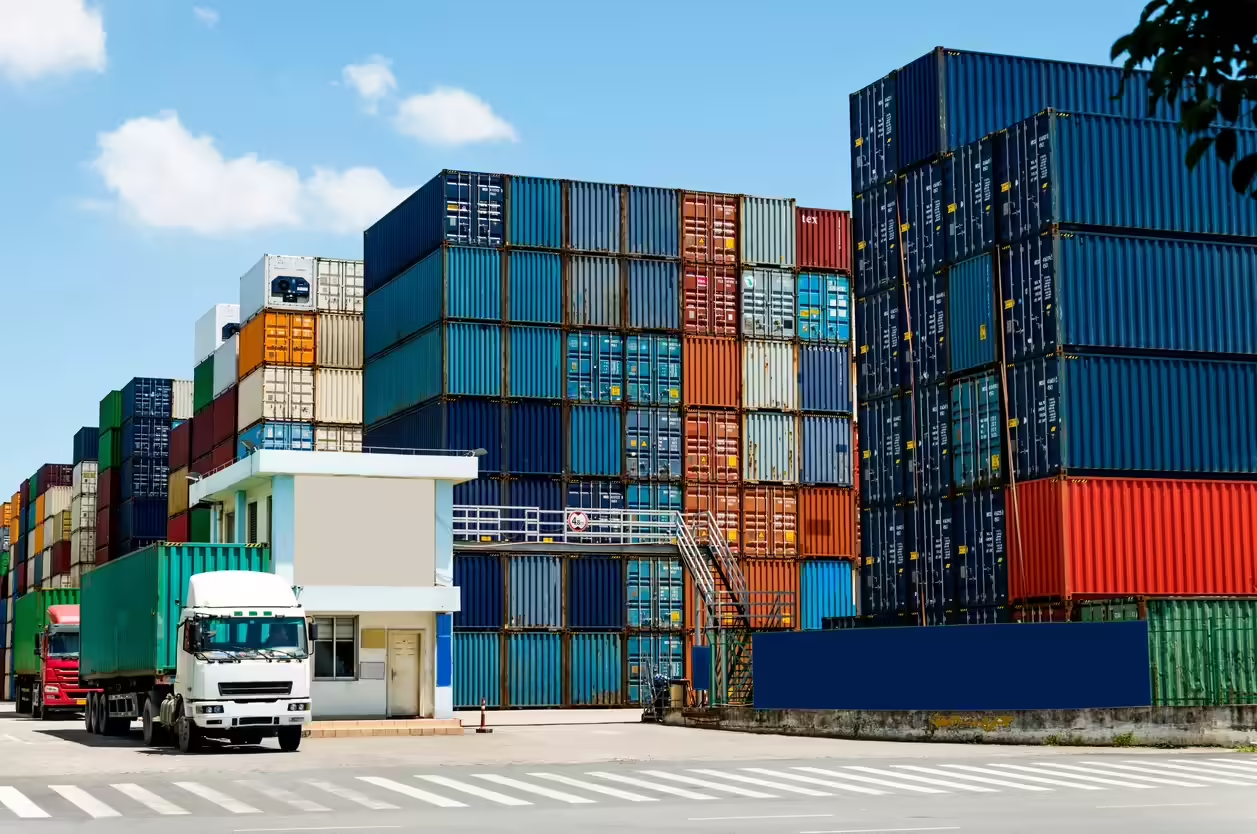Gujarat’s logistics landscape took a transformative step on 9 July 2025 with the inauguration of the New Sanjali Terminal, India’s first private Gati Shakti Multi‑Modal Cargo Terminal (GCT) along the Western Dedicated Freight Corridor (WDFC). The facility—built by the Sawariya Shakti Group on 120 acres between New Sanjali (DFCCIL) and Panoli (Indian Railways)—aims to pivot freight from road to rail, enhancing efficiency, sustainability, and competitiveness in the supply chain.
DFCCIL Managing Director Praveen Kumar described the terminal as a “concrete move toward modal shift”, noting its ability to reduce carbon emissions while enabling cost‑effective freight operations. The hub offers two dedicated rail lines for containers and steel, a third electrified line supporting bulk cargo and Truck‑on‑Train services, plus two receipt and dispatch lines integrated with both DFCCIL and Indian Railways. Onsite, a 28‑acre Inland Container Depot (ICD) and 650,000 sq ft of warehousing—including 54,000 sq ft bonded and PESO‑certified cold chain facilities—enhance its logistics capabilities.
Strategically connected to National Highway 48 and National Expressway 4, and just 6 km from a planned Multi‑Modal Logistics Park (MMLP), the terminal strengthens Gujarat’s industrial logistics ecosystem around Panoli GIDC, Ankleshwar, Jhagadia, and ports at Dahej, Hazira, and JNPT. This project directly supports India’s Net Zero ambitions by reducing road freight emissions and highway congestion. As a private-public synergy under the PM Gati Shakti initiative, the terminal demonstrates how commercial and environmental goals can align. Its efficient design cuts turnaround times and expands regional economic opportunity through industrial and employment linkages.
As the first private GCT under the WDFC, New Sanjali sets a benchmark. DFCCIL officials highlight this public-private collaboration as a model for future terminals, combining private capital with government vision for network expansion and national logistics resilience.
The New Sanjali Terminal stands as a logistical milestone: a high‑capacity, low‑carbon node poised to streamline supply chains. Its long‑term success will hinge on adoption by industry, operational excellence, and fuel-efficient rail traction—elements that could shape India’s freight landscape and sustainable urban development.
Also Read: Mumbai inaugurates 328m Sindoor Bridge reconnecting South Mumbai corridors easing traffic




